Expansive land doesn’t equate to fewer drainage challenges; instead, it presents unique issues. While acreage properties may appear to provide ample room for rainwater absorption, the truth is often quite different. Factors such as sloped terrains, clay-rich soil, improperly executed cut-and-fill practices, and a lack of municipal stormwater management systems can lead to a significant problem: misdirected water flow.
This mismanagement can manifest in various ways, from stagnant water accumulating in paddocks to causing structural damage to retaining walls. Additionally, it can compromise driveways and even disrupt your home sewage treatment plant (HSTP). Inefficient drainage not only jeopardizes the integrity of your property but can also convert your once idyllic dream block into a persistent maintenance headache.
This is precisely where Creek to Coast Plumbing comes into play, offering tailored stormwater management solutions specifically designed for larger residential properties.
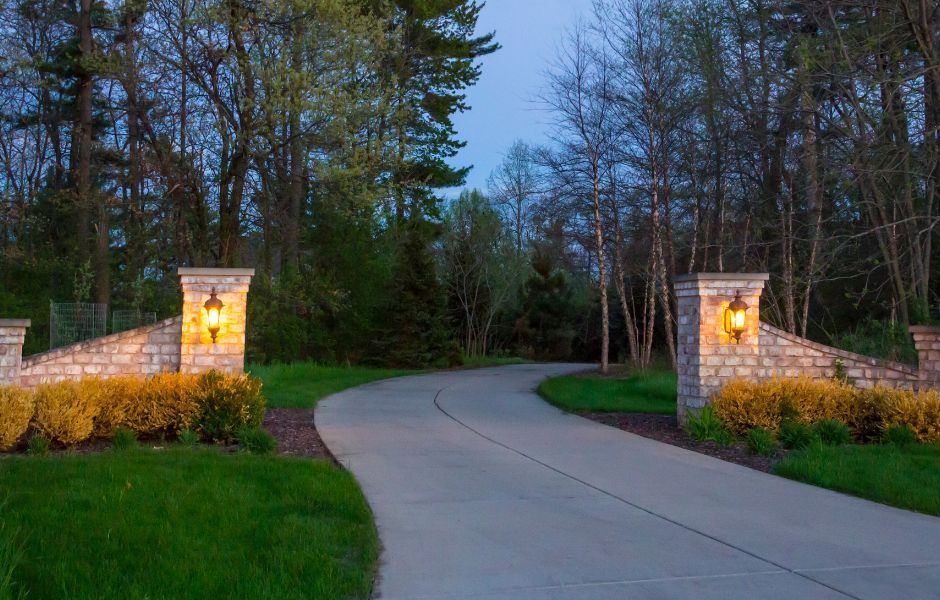
Understanding the Challenges of Drainage on Acreage Properties
Unlike typical suburban developments, acreage builds often lack comprehensive infrastructure to manage water effectively. As a property owner, you bear the responsibility for managing water flow across your entire lot, which includes addressing surface runoff, subsurface seepage, and ensuring that your HSTP system remains dry, stable, and compliant with local regulations.
It’s crucial for stormwater to be efficiently channeled away from critical structures like slabs, retaining walls, treatment systems, garden beds, and sheds. Allowing water to accumulate can lead to severe issues such as timber rot, soil erosion, wall swelling, and, in the worst-case scenario, flooding your wastewater systems and contaminating nearby groundwater sources.
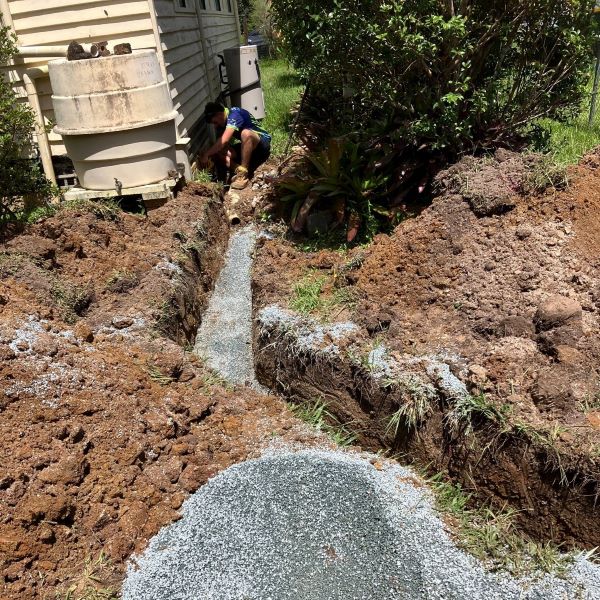
Key Drainage Solutions for Effective Management on Acreage
1. Effective Swales for Natural Water Redirection
Swales, which are shallow, grassy channels, play a pivotal role in managing overland flow. When rainwater runs off roofs, driveways, or paddocks, swales slow down the water and redirect it toward lower elevations, typically leading to stormwater pits or natural soakage areas. These eco-friendly solutions are low-impact, cost-effective, and can be seamlessly integrated into your existing landscaping.
2. Spoon Drains: Subtle Yet Effective Water Management
Ideal for areas such as driveways or sloped pathways, spoon drains consist of wide, shallow concrete channels designed to guide water laterally across surfaces. Their design allows for vehicle passage while effectively preventing surface erosion and pooling in areas with low foot traffic. This subtle drainage solution is an excellent choice for maintaining both functionality and aesthetics.
3. Trench Drains: Fast and Efficient Water Diversion
When rapid water movement is necessary—such as along patios, garages, or shed entrances—trench drains (also known as linear drains) provide a sleek, surface-level drainage system that directs water swiftly to pits or underground piping. Built to manage high-flow events, these systems prevent water accumulation around areas with heavy foot or vehicle traffic, ensuring safety and structural integrity.
4. French Drains: The Ultimate Solution for Underground Drainage
As the workhorse of underground drainage systems, French drains consist of slotted PVC pipes strategically placed in gravel trenches that capture groundwater and direct it safely away from critical areas. These systems are especially vital in regions susceptible to subsurface saturation, such as beneath retaining walls, alongside house foundations, or behind garden beds, ensuring stability and preventing water damage.
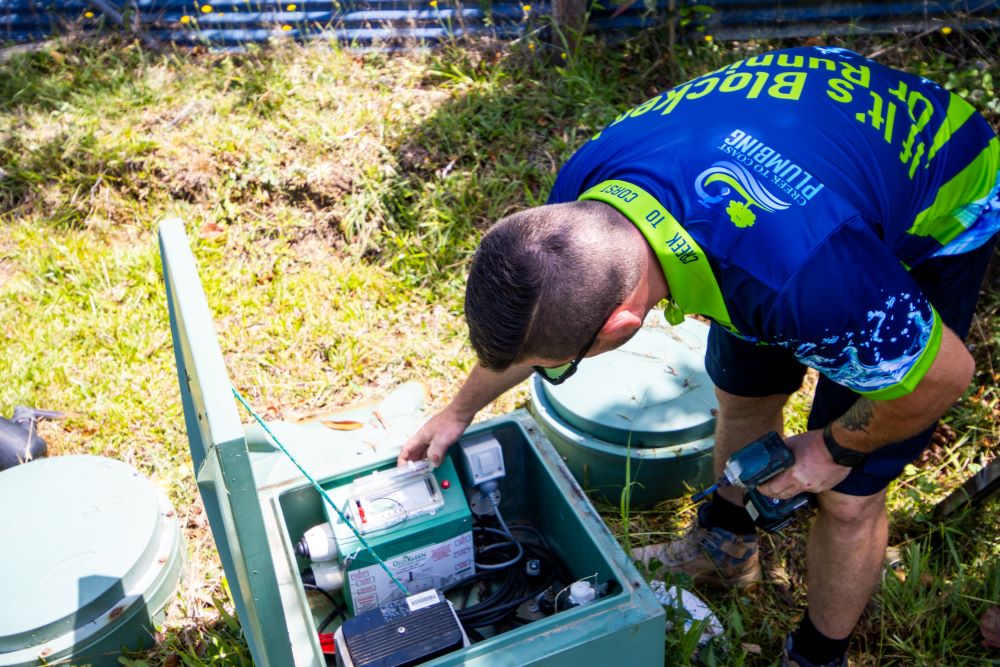
Safeguarding Your HSTP System from Stormwater Damage
Home sewage treatment plants are particularly vulnerable to flooding. Excess water from runoff or saturated soil can result in severe consequences, including:
- Unplanned system shutdowns or blockages
- Cross-contamination of surface water
- Soil movement and instability
- Non-compliance with local council and environmental regulations
At Creek to Coast Plumbing, we prioritize the health of your property by ensuring that all stormwater systems on acreage properties are completely isolated from wastewater systems. Our designs take into account drainage gradients, flow paths, and outlet locations to prevent oversaturation around your HSTP footprint, safeguarding it against potential flooding.
Understanding the Limitations of DIY Drainage Solutions
Many acreage owners attempt to tackle drainage issues independently—digging trenches, laying gravel, or directing runoff through landscaping features. However, without a site-specific drainage strategy, these measures often fail after a significant rainstorm, leading to further complications and expenses.
Creek to Coast Plumbing provides customized stormwater management plans that consider:
- Natural land topography and elevation
- Soil composition and percolation rates
- Drainage requirements around retaining walls and structures
- Protection against overflow near HSTPs
- Long-term water behavior and effective erosion control strategies
Engineered for Durability and Safety in Drainage Solutions
Effective drainage on acreage properties is not solely about managing water; it’s about preserving the integrity of structures, systems, and soil that form the foundation of your property. When water isn’t managed properly, it can cause extensive damage. Conversely, with proper drainage in place, you can enjoy:
- Longevity for walls and landscaping
- Stable soil conditions for plantings and sheds
- A compliant and efficient HSTP system
- A property that is prepared for storm events rather than one that suffers from them
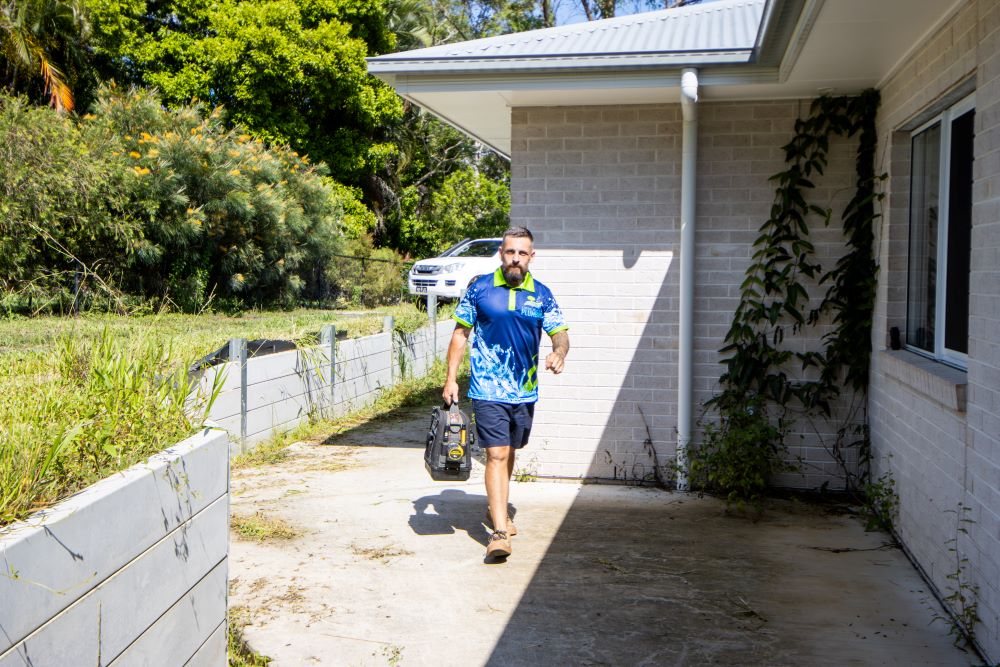
Effective Stormwater Management is Essential for Every Acreage Property
Whether you are in the midst of construction, planning the installation of your HSTP, or observing the initial signs of soil saturation around your property, it’s crucial to take action promptly. With extensive experience in the field, Creek to Coast Plumbing delivers stormwater management systems that go beyond mere compliance; they offer robust protection for your property from the ground up.
From swales to French drains, every solution we provide is meticulously engineered for long-lasting functionality, safety, and peace of mind.

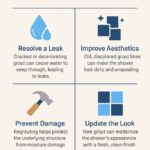

Your insights on the complexities of drainage in larger properties are spot on. I’ve often observed how new homeowners of expansive land underestimate the impact of terrain and soil composition on water management. For instance, I have friends who bought a beautiful property on a sloped lot, thinking the natural incline would aid drainage. Unfortunately, they faced major issues with pooling water that not only affected their landscaping but also led to foundation concerns.
It’s fascinating how often the allure of expansive land masks the complexities of managing water drainage. Growing up in a rural area myself, I saw firsthand how beautiful properties could quickly turn into burdensome maintenance projects due to this oversight. Our family faced persistent issues after heavy rains, despite what seemed like ample space for drainage. I remember one particularly wet season when our pasture transformed into a quagmire, leading to concerns about our animals’ health and the structural integrity of our barn.
You make an excellent point about the common misconceptions surrounding drainage and expansive land. It’s interesting how many people assume that more space means less hassle when it comes to water management. I’ve seen firsthand how the combination of sloped terrain and clay soil can create real challenges. When my family moved to a property with a large yard, we faced major drainage issues, especially after heavy rains. The puddles seemed harmless at first, but after a while they started affecting the foundation of our shed and even our vegetable garden.
The challenges of drainage on expansive properties are indeed multifaceted and often underestimated. Your insights highlight the complexities inherent in managing stormwater on larger plots of land, where the natural landscape can be both a blessing and a curse. I’ve experienced firsthand how sloped terrains can lead to unexpected pooling of water, which not only disrupts the aesthetics of a property but also brings about larger issues, such as erosion and compromised soil health.
Your analysis of drainage challenges on expansive properties really resonates with me. Having grown up on a larger plot, I recall how the allure of open space and natural beauty masked serious water management issues. We always assumed that having more land meant fewer problems with drainage, but nature has a way of revealing the complexities hidden beneath surface impressions.
You’ve raised some critical points about the intricacies of drainage challenges on larger properties. I’ve witnessed firsthand how mismanaged drainage can turn a property upside down, despite the seemingly fertile ground and space that comes with acreage. For instance, I once visited a friend who had invested in a beautiful spread of land, dreaming of extending their garden and enjoying outdoor space. However, they quickly found themselves battling with water pooling in certain low-lying areas after heavy rains—a situation exacerbated by the clay-rich soil that you mentioned.
You’ve highlighted a crucial yet often overlooked aspect of property management. Living on a larger plot of land can indeed lead to unexpected drainage issues that many might not anticipate. For instance, I’ve seen cases where homeowners assume that a few drainage solutions will suffice, only to find that the slope of their land exacerbates water pooling in certain areas, which can lead to more severe structural complications than they initially realized.
You’ve highlighted a crucial yet often overlooked aspect of land management. It’s interesting how the perception of having more land can lead to the assumption that drainage issues should be easily managed. In reality, as you pointed out, the characteristics of the land—like its slope and soil composition—play a vital role in how water behaves.
You raise some crucial points regarding the complexities of drainage management on larger properties. It’s fascinating how, at first glance, the idea of expansive land gives an impression of natural drainage ease. However, as you’ve highlighted, the realities can be far more complicated.
Ah, the age-old belief that more land equals easier drainage. It’s like thinking that having a bigger garden will mean fewer weeds — a wonderfully optimistic but ultimately misguided notion! As someone who lives on a property where the previous owner clearly thought “letting it rain” was a great way to grow a pond, I can appreciate the challenges of managing water flow on a larger scale. Who knew Mother Nature had such a flair for drama, am I right?
Your insights on the complexities of drainage management for expansive acreage properties truly resonate with me. It’s fascinating to think that more space doesn’t inherently lead to better drainage solutions—rather, it can create a whole new set of challenges.
Your insights on the complexities of drainage in expansive properties really resonate with me. It’s a common misconception that having more land inherently simplifies water management. I’ve seen firsthand how factors like soil type and terrain can complicate what seems like a straightforward issue.
You make an excellent point about the challenges of drainage on expansive properties. It’s funny how we often romanticize large plots of land, picturing vast fields and open skies, while completely overlooking those pesky water flow issues. I can’t tell you how many times I’ve found myself knee-deep in what I thought was just a lovely natural pond, only for it to turn out to be a prime breeding ground for mosquitoes and an uninvited challenge for my irrigation system.
You raise an important point about the misconceptions surrounding land size and drainage challenges. I’ve seen firsthand how having a larger property can often lead to underestimating the complexity of water management. It’s fascinating how the natural terrain and soil composition, like clay-rich soils, can complicate what many might think should be an easier problem to solve simply by having more land.
I can totally relate to what you’re saying about drainage issues on larger properties. We’ve got a bit of land ourselves, and I always thought having more space meant less trouble with water. But last summer, after a heavy rain, my backyard turned into a small pond—definitely not what I envisioned when we bought the place!